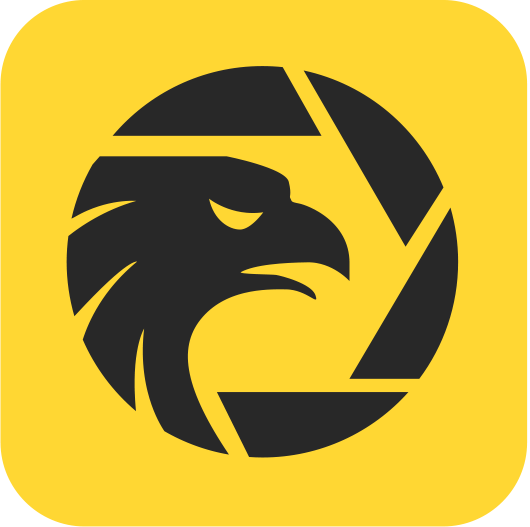
What major drawbacks or potential risks should I consider before using Shikoku?

In my personal experience as a forex trader, I always prioritize broker safety and operational transparency. With Shikoku, while I appreciate its clear regulatory status in Japan and its decade-plus presence, certain drawbacks give me pause. The most significant concern is the lack of industry-standard trading platforms like MT4 or MT5—Shikoku relies solely on its Web Trader. For me, this means missing out on advanced charting tools, automated trading, and the familiarity that comes from widely used platforms. Additionally, Shikoku does not offer a demo account. This is a big issue because I find demo trading invaluable for assessing spreads, execution quality, and platform reliability before risking real money. Another risk factor I’d point out is the fee structure, which is both diverse and relatively high—domestic stock brokerage fees can range from JPY 2,750 up to JPY 275,000, and foreign stock fees reportedly reach up to 11%. Without transparent and easily accessible information on forex commission and spreads (beyond a stated EUR/USD spread “from 10–75 sen,” which is a broad and potentially costly range), estimating actual trading costs can be challenging. Lastly, the support for non-Japanese traders appears limited. Communication channels are narrow and, in my review process, inquiries were left unanswered. For those not based in Japan or unfamiliar with Japanese systems, this lack of proactive support, coupled with a website that several users found difficult to navigate, adds further complications. All these factors contribute to a medium risk profile that I cannot overlook.

